L’Association canadienne des neurosciences est fière d’annoncer qu’une équipe d’étudiants de l’Association des étudiants diplomés de l’Université de Colombie britanique qui a développé le projet « Neuroscience Through the Ages » se mérite un prix de promotion des neurosciences 2018. Le prix sera remis le 14 mai 2018, au cours du 12ème congrès annuel de l’Association canadienne des neurosciences.
Le comité de mobilisation de l’ACN a été impressionnée par l’originalité du projet, et son approche novatrice d’information et de sensibilisation du public. Nous sommes très heureux de soutenir cette initiative étudiante.
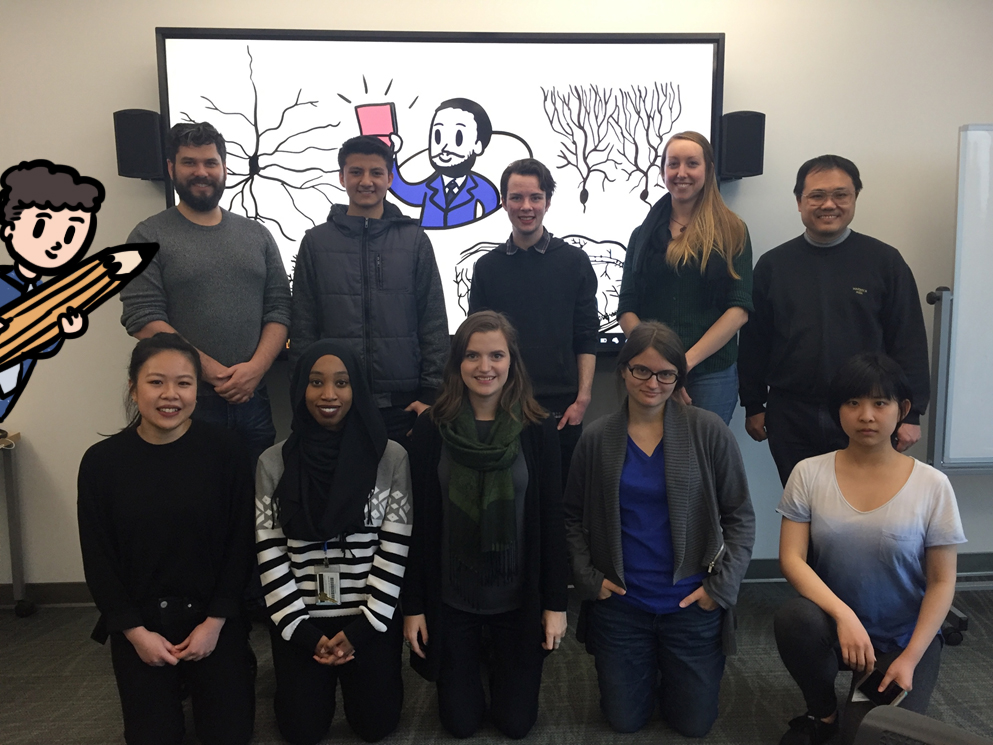
Neurohistory Cartoons:
Depuis un an, la «Neuroscience Graduate Student Association at UBC» de Vancouver travaille au projet «Neuroscience Through the Ages», une ligne de temps en ligne et intéractive. Ce projet vise à présenter l’histoire et des concepts fondamentaux de neuroscience de manière intéressante et accessible – par l’intermédiaire de bandes dessinées. L’équipe a engagé et collaboré avec des illustrateurs scientifiques, Armin Mortazavi et Aarthi Gobinath, et avec un designer web, Luis Bolanos. Le développement de contenu débute avec des étudiants gradués qui travaillent individuellement ou en groupe pour résumer des découvertes clés et des avancées méthodologiques de certains chercheurs dans une perspective historique de plusieurs décennies. Ces étudiants récoltent des informations et photos qui aident au développement d’une maquette de bande dessinée (avec images et légendes). Cette information est donnée au dessinateur et le produit final est rendu public sur une ligne de temps interactive en ligne.
La ligne de temps est un projet en développement, et peut être consulté ici:
www.historyofneuroscience.com our sur twitter @neurohistoons.
Les objectifs du projet sont:
- Permettre aux étudiants d’explorer la riche histoire des neurosciences, qui sont le fondement de la recherche courante
- Encourager les étudiants à être mieux équipés pour analyser la signification de publications historiques et courantes en neurosciences.
- Encourager la participation des étudiants dans des projets de sensibilisation du public
- Rendre une information exacte en neuroscience accessible à un public large – spécifiquement en rendant l’histoire des neurosciences disponible publiquement, visuellement intéressante et facile à comprendre.
- Inspirer un intérêt et un désir de faire de la recherche scientifique chez des individus jeunes.
Bandes dessinées d’Armin Mortazavi:
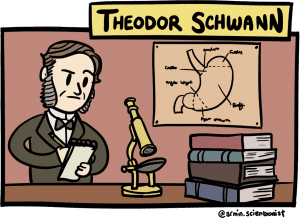

Bandes dessinées d’Aarthi Gobinath:
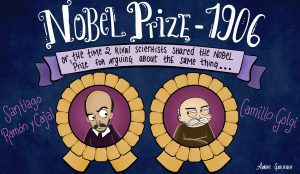

L’Association canadienne des neurosciences est fière de soutenir le développement de ce projet, et applaudit l’originalité, la persévérance et l’organisation de l’équipe.
Équipe
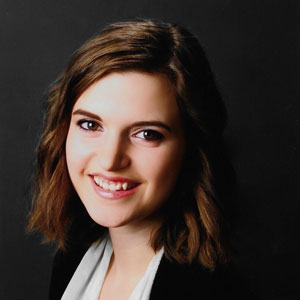
Samantha Baglot (MSc Candidate) | Lead Project Organizer and Content Developer
As part of the Neuroscience Graduate Student Association I was involved in coordinating, writing and applying for the UBC Faculty of Medicine Graduate Student Initiative award. I was also involved in creating the first mock timeline with suggestions of historical events and important neuroscientists. I am now the lead project organizer, which includes overlooking the involvement and progress of graduate student content developers, professional cartoonists, and a website designer. I also manage website design and social media promotion on twitter!
 Jordan Shimell (PhD Candidate) | Project Organizer and Content Developer
Jordan Shimell (PhD Candidate) | Project Organizer and Content Developer
As part of the Neuroscience Graduate Student Association executive I helped to write and coordinate the UBC Faculty of Medicine Graduate Student Initiative application with students and faculty. I created the first mock timeline with historic events and people that were important contributors to neuroscience. I secured the website domain and helped create prototype designs for layout. I was also the lead content developer on one of our first “Neurohistoons” on Ramon y Cajal, providing suggestions for cartoon ideas, images to base the cartoon off of, and research into Cajal’s early and scientific life.
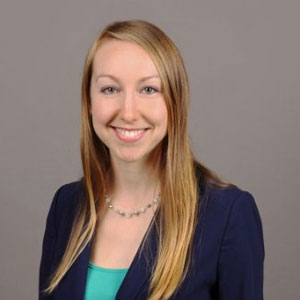
Eli York (PhD Candidate) | Project Organizer and Content Developer
It has been my honour to contribute to the initial stages of development, as well as to the content of the Neurohistory website through developing timelines for Dr. Wilder Penfield and Dr. Pio del Rio Hortega. I was also involved in the UBC Faculty of Medicine Graduate Student Initiative application process to highlight the importance of our website in making neuroscience history
accessible and interactive.

Naila Kuhlmann | Project Developer and Organizer
I was co-president of the Neuroscience Graduate Student Association (GSA) as we were developing the idea for this project and led the application for the UBC Faculty of Medicine Graduate Student Initiative award, which provided the necessary funding to make it a reality. Unfortunately, I had to leave UBC before the project could be followed through, but I put the GSA in contact with Armin before leaving and am very happy to see where it has gone since!
 Armin Mortazavi | Lead Cartoonist
Armin Mortazavi | Lead Cartoonist
One of the most exciting projects I’ve ever worked on! In recent years, I’ve been building my profile as a science cartoonist and this timeline is the epitome of that. I illustrated most of the cartoons for this project, thanks to the input of Sam and the rest of the team. It was great to have so much creative freedom with the artwork too, and I’m excited to see the project grow.
 Aarthi Gobinath (PhD) | Cartoonist and Content Developer
Aarthi Gobinath (PhD) | Cartoonist and Content Developer
It has been such a joy to contribute to this project both as content developer and as a cartoonist. I worked in collaboration with fellow students to create the content for the discover of GFP illustrations. I also created the cartoons depicting the Nobel Prize in 1906 and the contributions of Dr. Rita Levimontalcini.
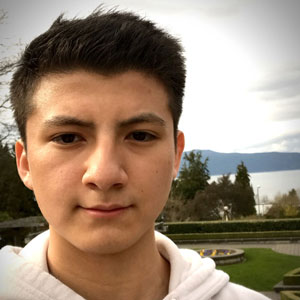
Luis Bolanos | Website Designer
It has been a pleasure to contribute to the project as the website designer and coder for the interactive timeline. I implemented the initial setup, and continuously add the new cartoons as they come in.

Jill Dosso (PhD Candidate) | Content Developer
Working individually, I researched and provided information on the life and accomplishments of Roger Sperry, and put together ideas for a cartoon based on his life.
 Samantha Feldman (MSc Candidate) | Content Developer
Samantha Feldman (MSc Candidate) | Content Developer
Working individually, I conducted research on the life and scientific accomplishments of Dr. Korbinian Brodmann. I synthesized the information I found on Dr. Brodmann into a short comic, suggesting content and imagery for each panel for the cartoonist to draw.
 Brett Hathaway (MSc Student) | Content Developer
Brett Hathaway (MSc Student) | Content Developer
Working individually, I researched the lives and accomplishments of Donald Hebb and Brenda Milner, and compiled this information into a cartoon format. I provided panel descriptions as well as suggestions and appropriate pictures for the cartoons.
Katelyn Hudak (MSc Candidate) | Content Developer
Working individually, I researched the lives and scientific accomplishments of Theodor Schwann, Alan Hodgkin and Andrew Huxley. I made suggestions for cartoon ideas, provided the necessary pictures for each comic and wrote cartoon panel descriptions.

Ellen Koch (PhD Student) | Content Developer
Both in a group and individually, I contributed to researching and writing a short description of the life and accomplishments of Wilder Penfield and Charles Darwin, and put together the ideas for cartoons based on these scientists.
Susan Lin (MSc Candidate) | Content Developer
Working individually, I contributed to the Alois Alzheimer cartoon by researching his life and career, providing cartoon ideas, and writing the panel descriptions.
 Yanqi (Anne) Liu (MSc Candidate) | Content Developer
Yanqi (Anne) Liu (MSc Candidate) | Content Developer
The neurohistoon project was a perfect route to make science understandable to the public audience. Working as a group, I provided contents and suggestions for the first cartoon on Santiago Ramon y Cajal’s contribution to neuroscience. Working individually, I provided contents and suggested layouts for cartoons describing the works of Max Lewandowsky and Oskar & Cécile Vogt.
 Amy Smith-Dijak (PhD Student) | Content Developer
Amy Smith-Dijak (PhD Student) | Content Developer
I was part of the group that produced the comic about the development of GFP. We researched the process by which this was accomplished, as well as the careers of the major players in the story, and synthesized this into a mock-up for the comic.
Additional content development by: David Cheng, Blair Jovellar, and Matt Sacheli

 Jordan Shimell (PhD Candidate) | Project Organizer and Content Developer
Jordan Shimell (PhD Candidate) | Project Organizer and Content Developer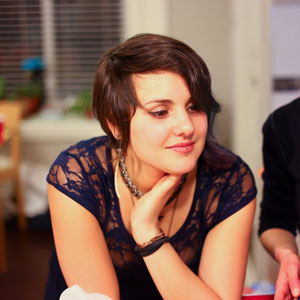
 Armin Mortazavi | Lead Cartoonist
Armin Mortazavi | Lead Cartoonist Aarthi Gobinath (PhD) | Cartoonist and Content Developer
Aarthi Gobinath (PhD) | Cartoonist and Content Developer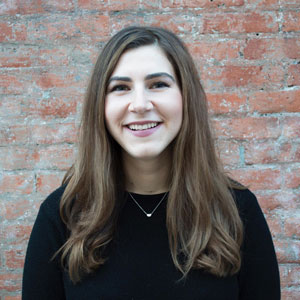 Samantha Feldman (MSc Candidate) | Content Developer
Samantha Feldman (MSc Candidate) | Content Developer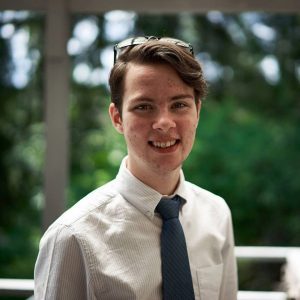 Brett Hathaway (MSc Student) | Content Developer
Brett Hathaway (MSc Student) | Content Developer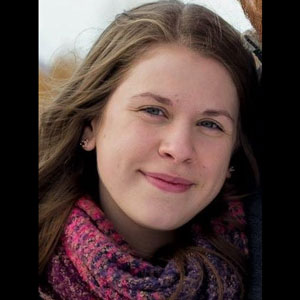
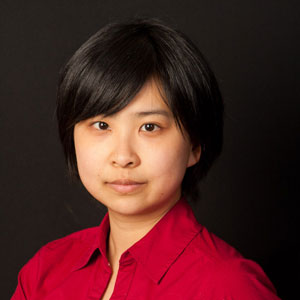 Yanqi (Anne) Liu (MSc Candidate) | Content Developer
Yanqi (Anne) Liu (MSc Candidate) | Content Developer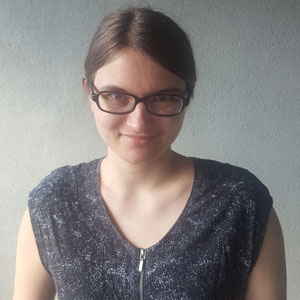 Amy Smith-Dijak (PhD Student) | Content Developer
Amy Smith-Dijak (PhD Student) | Content Developer